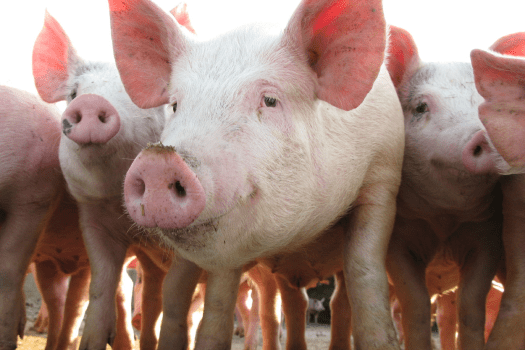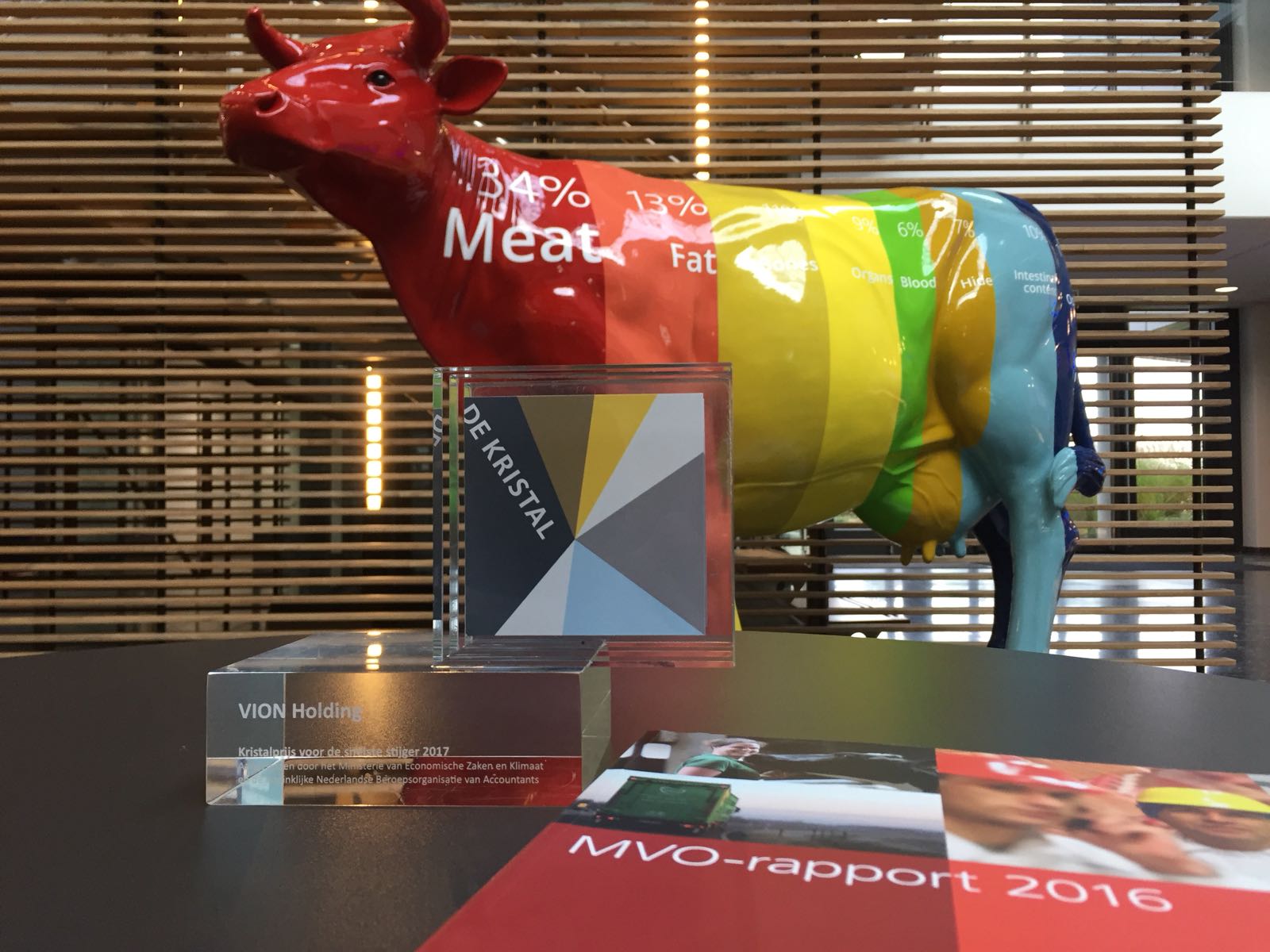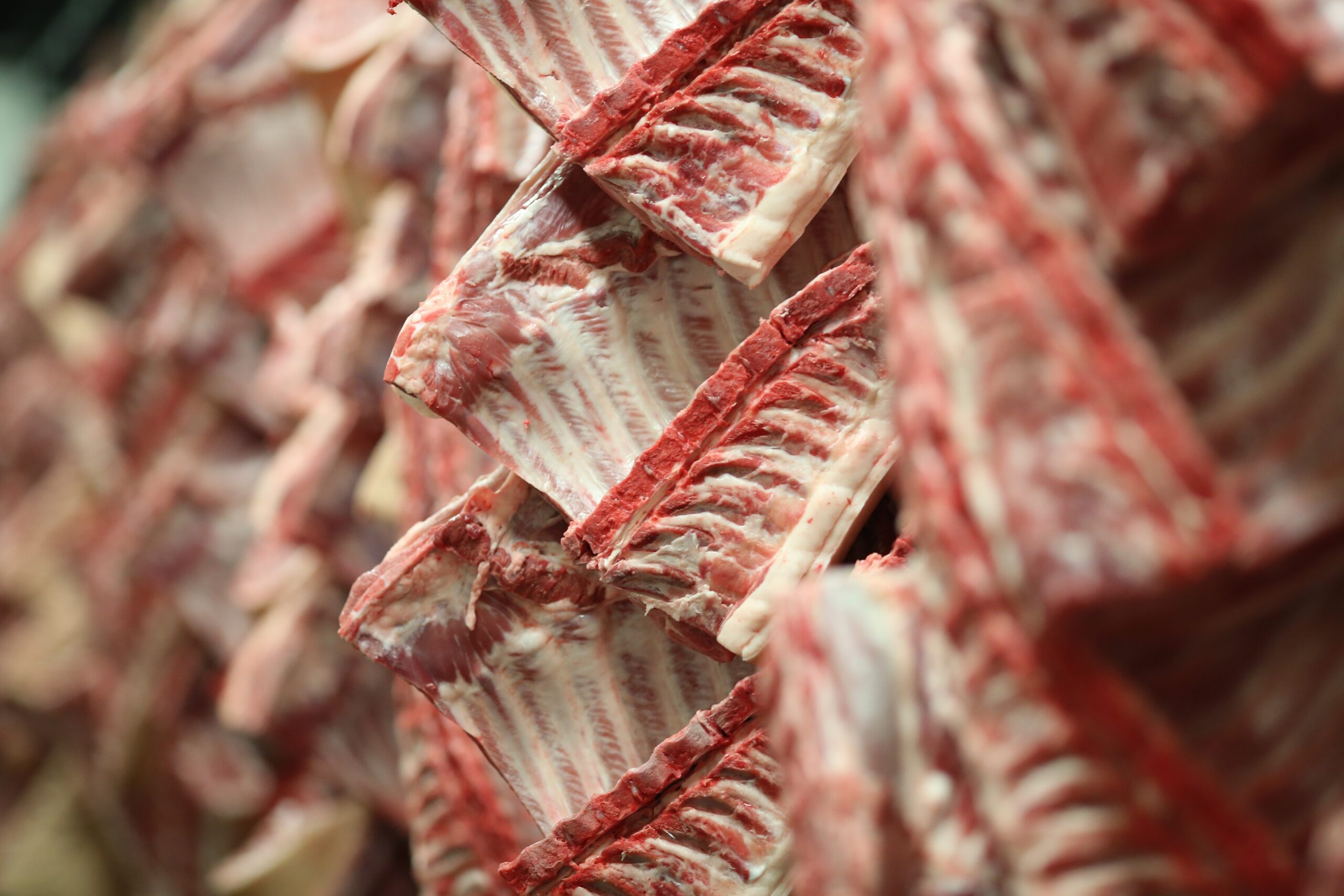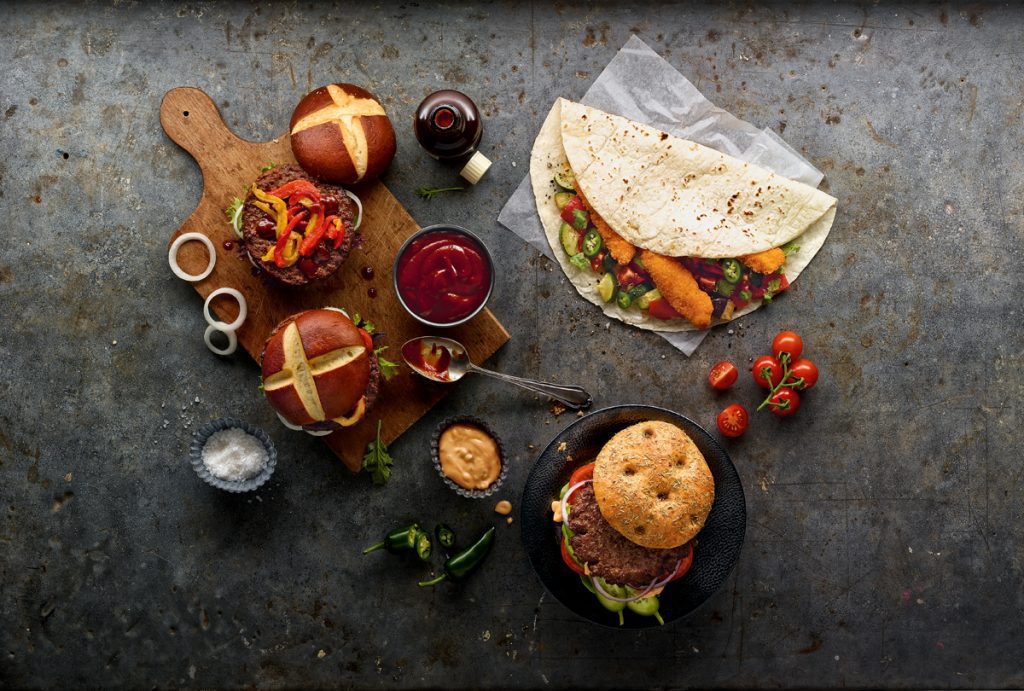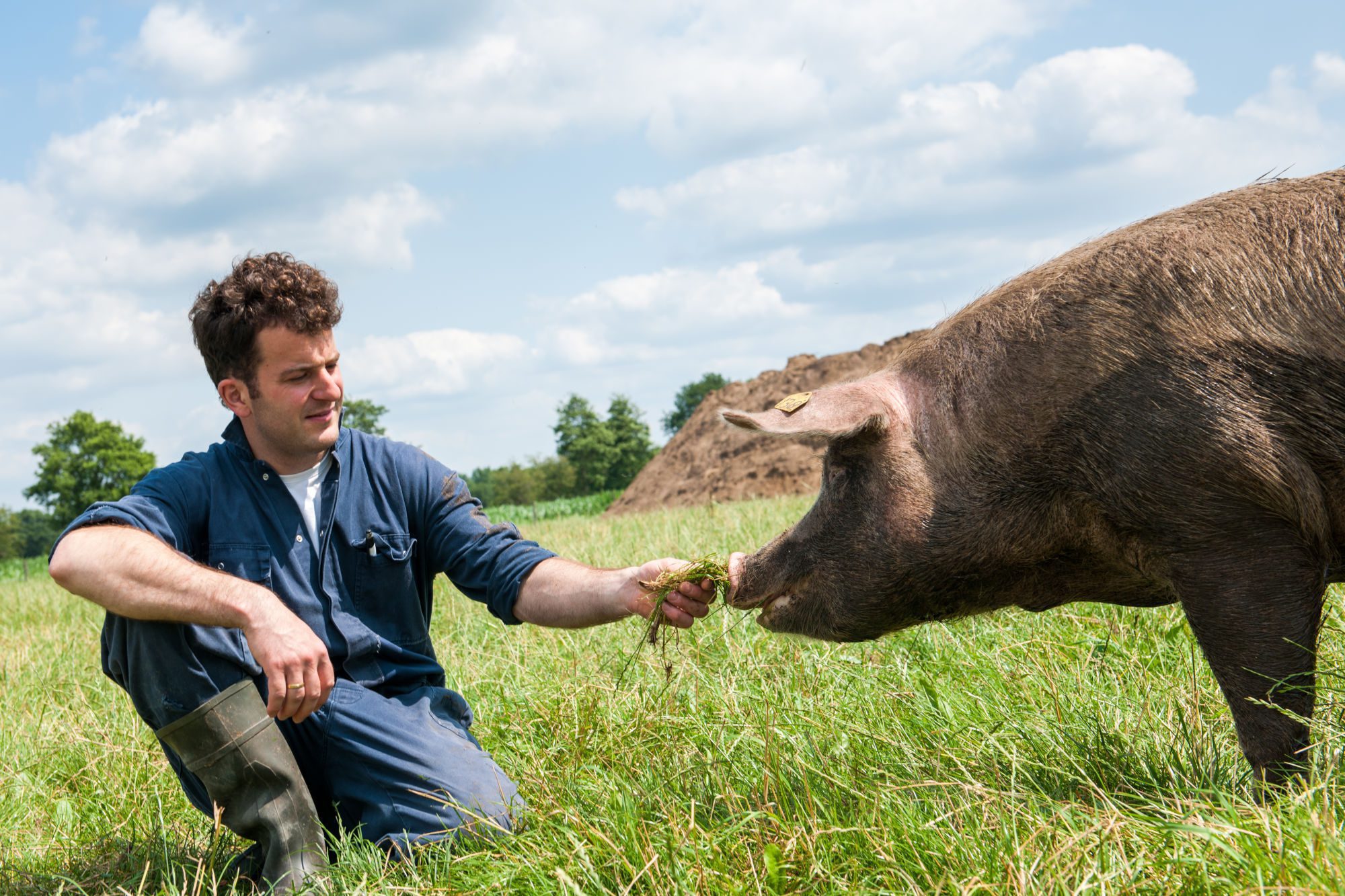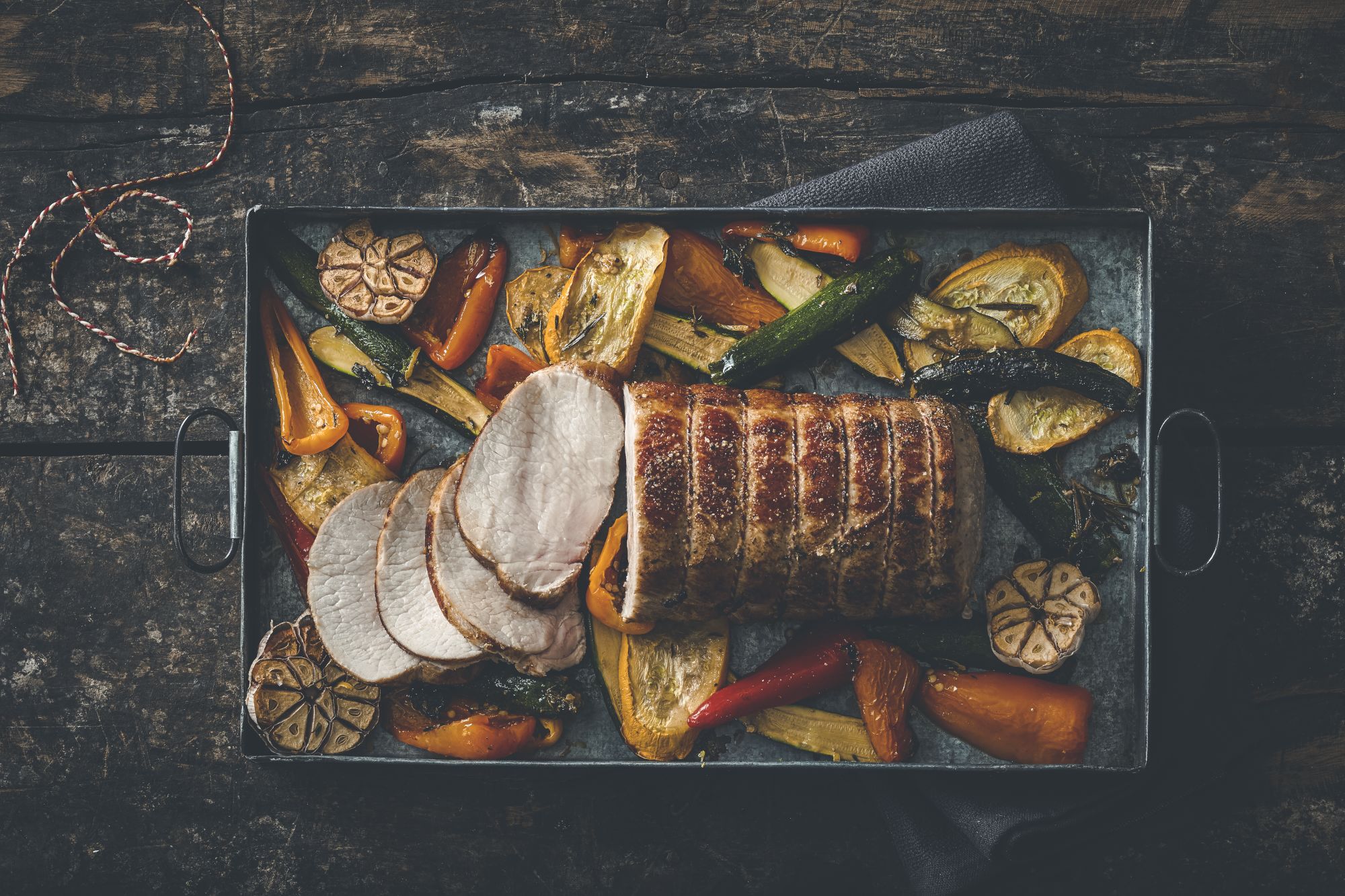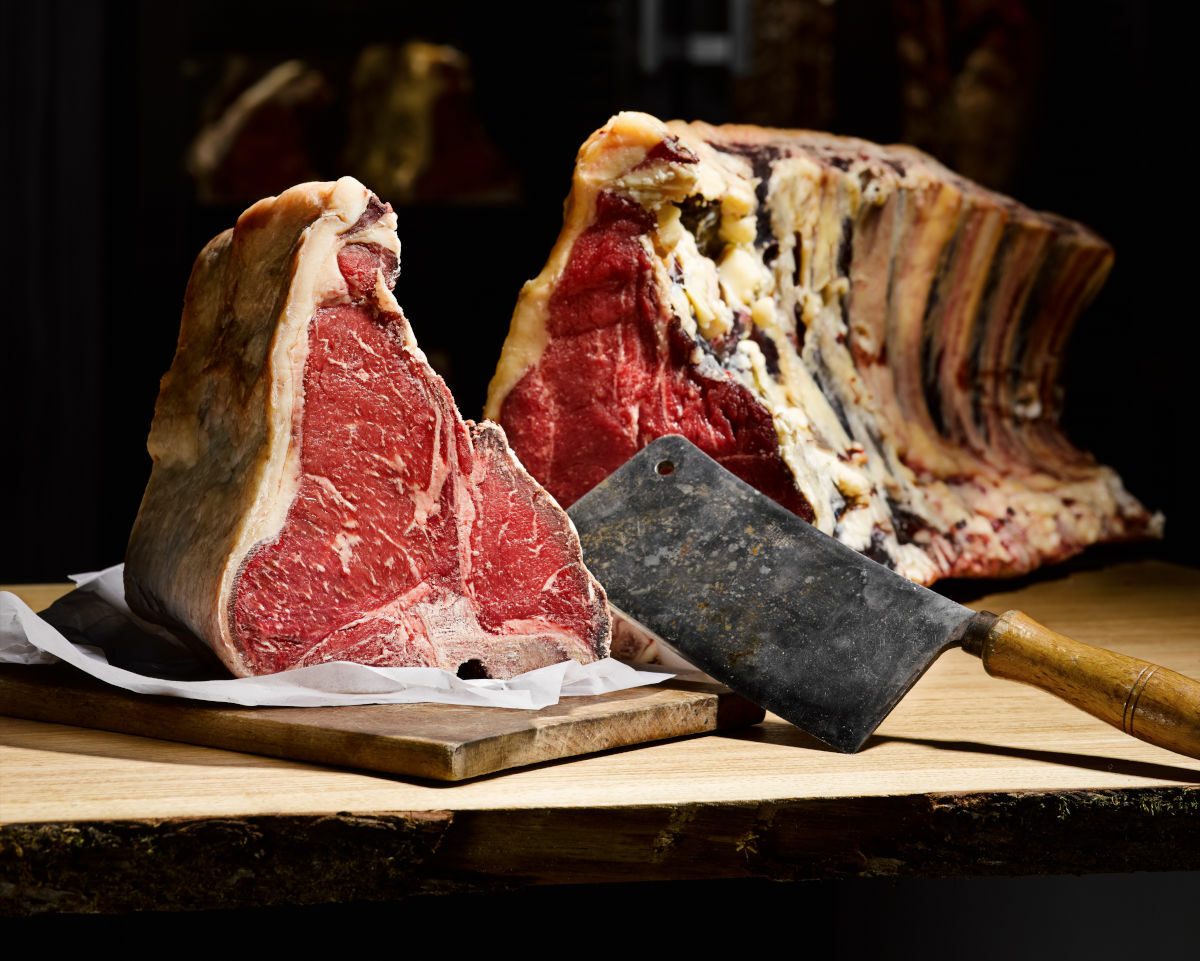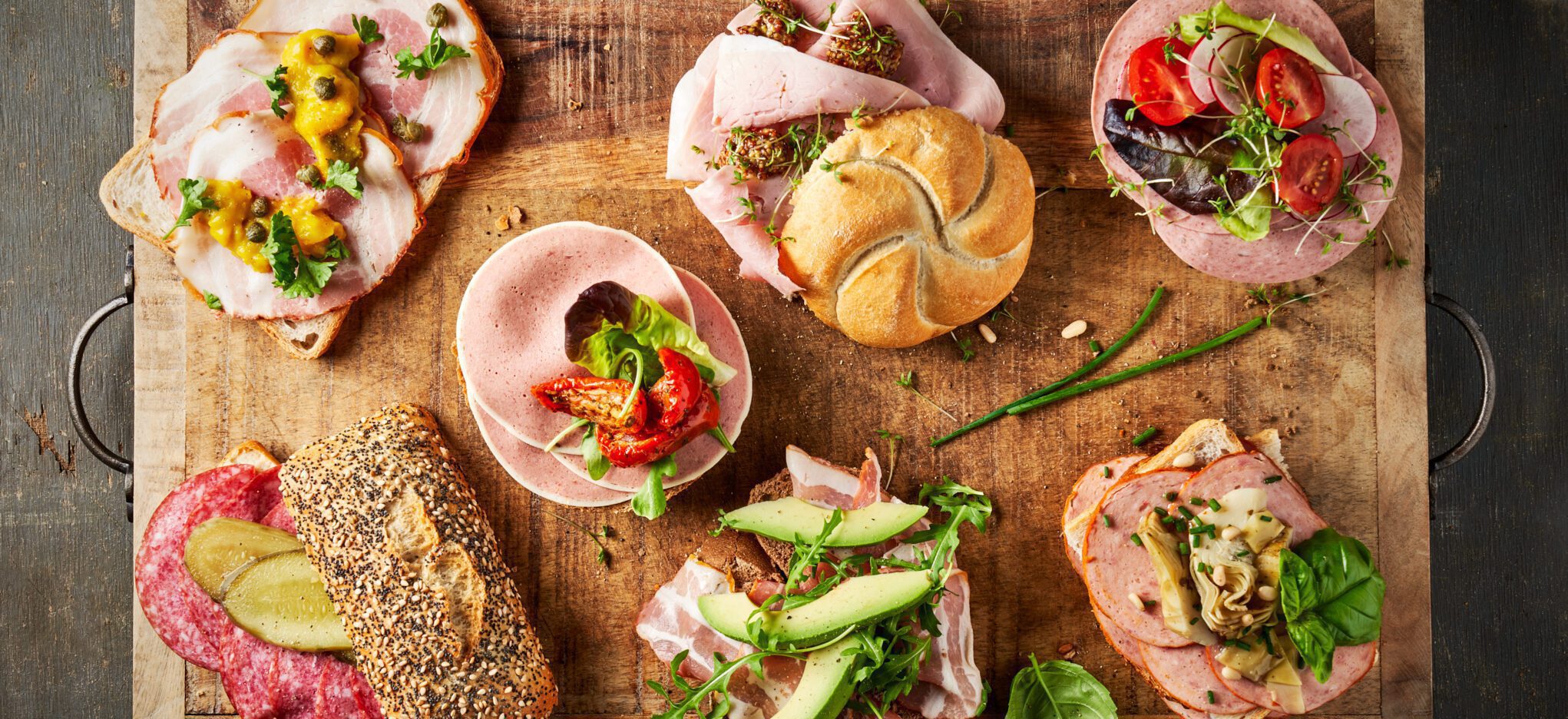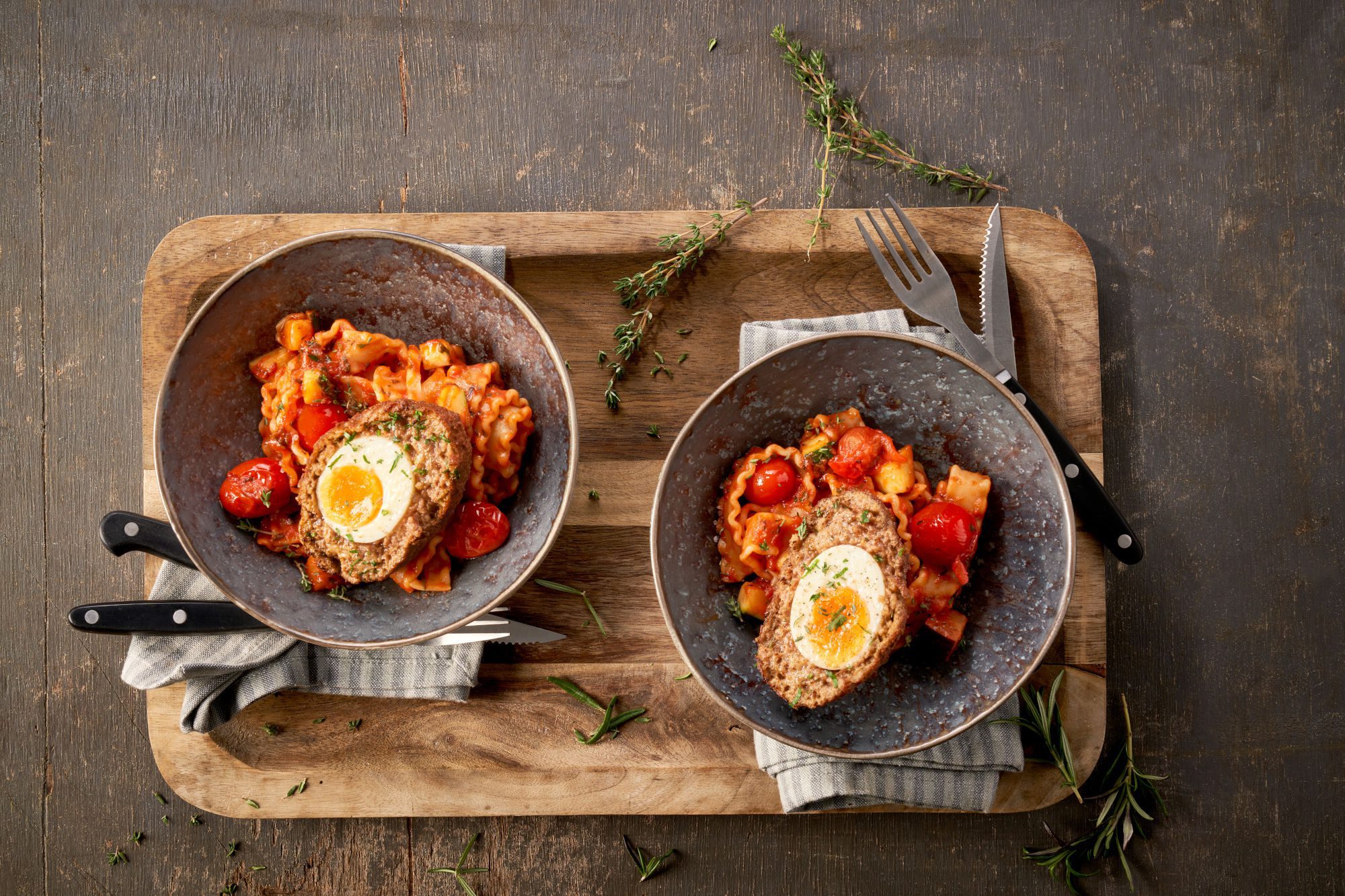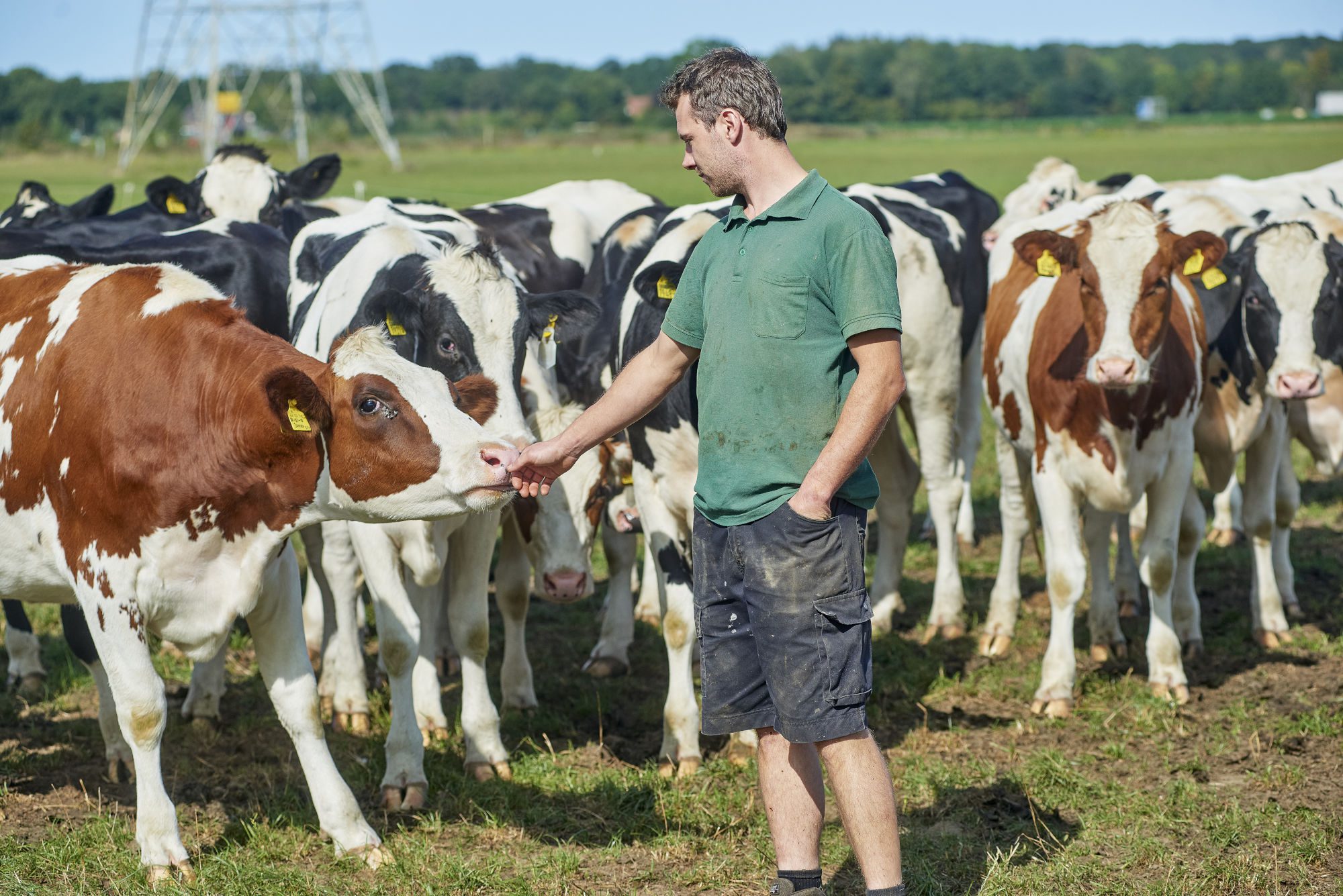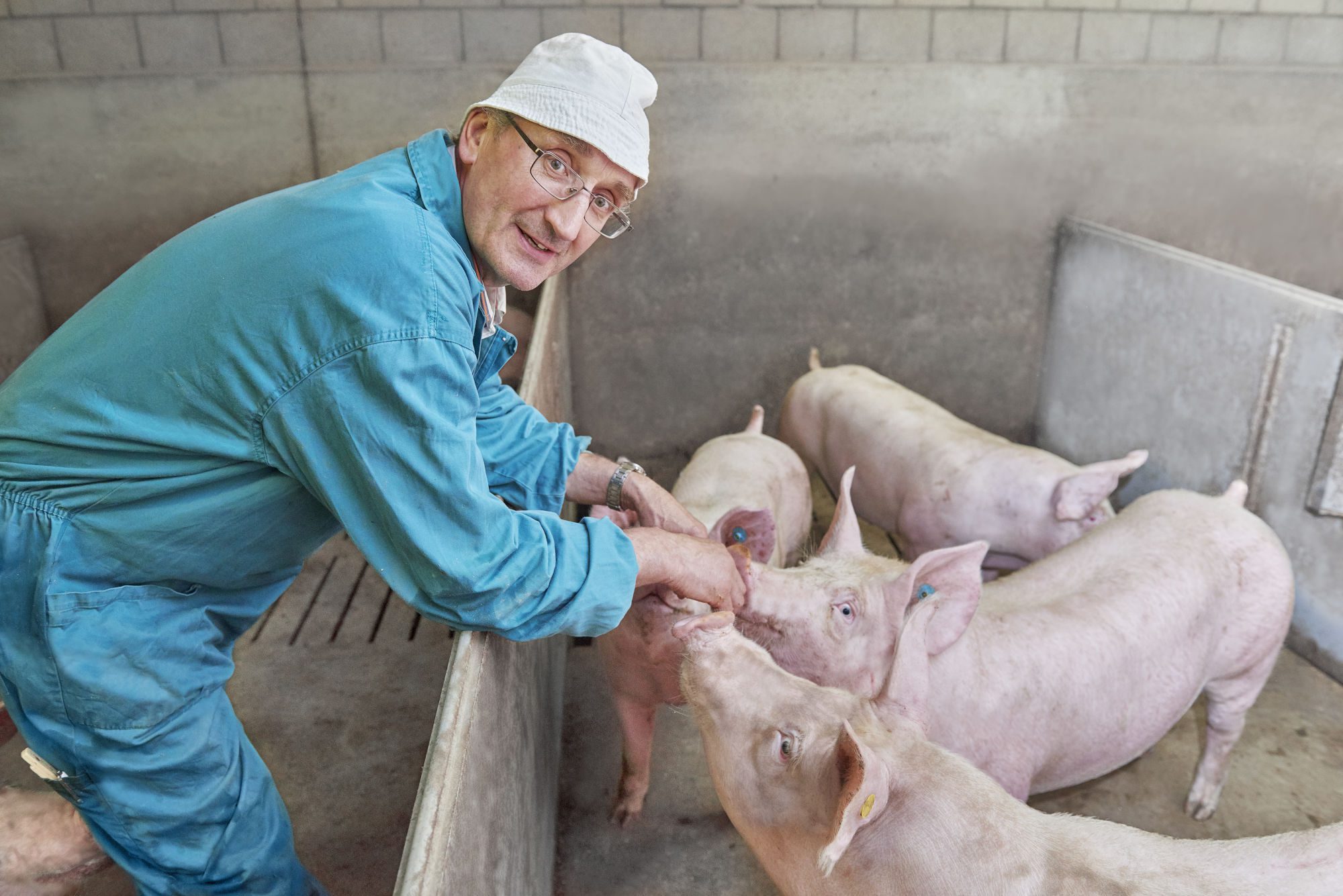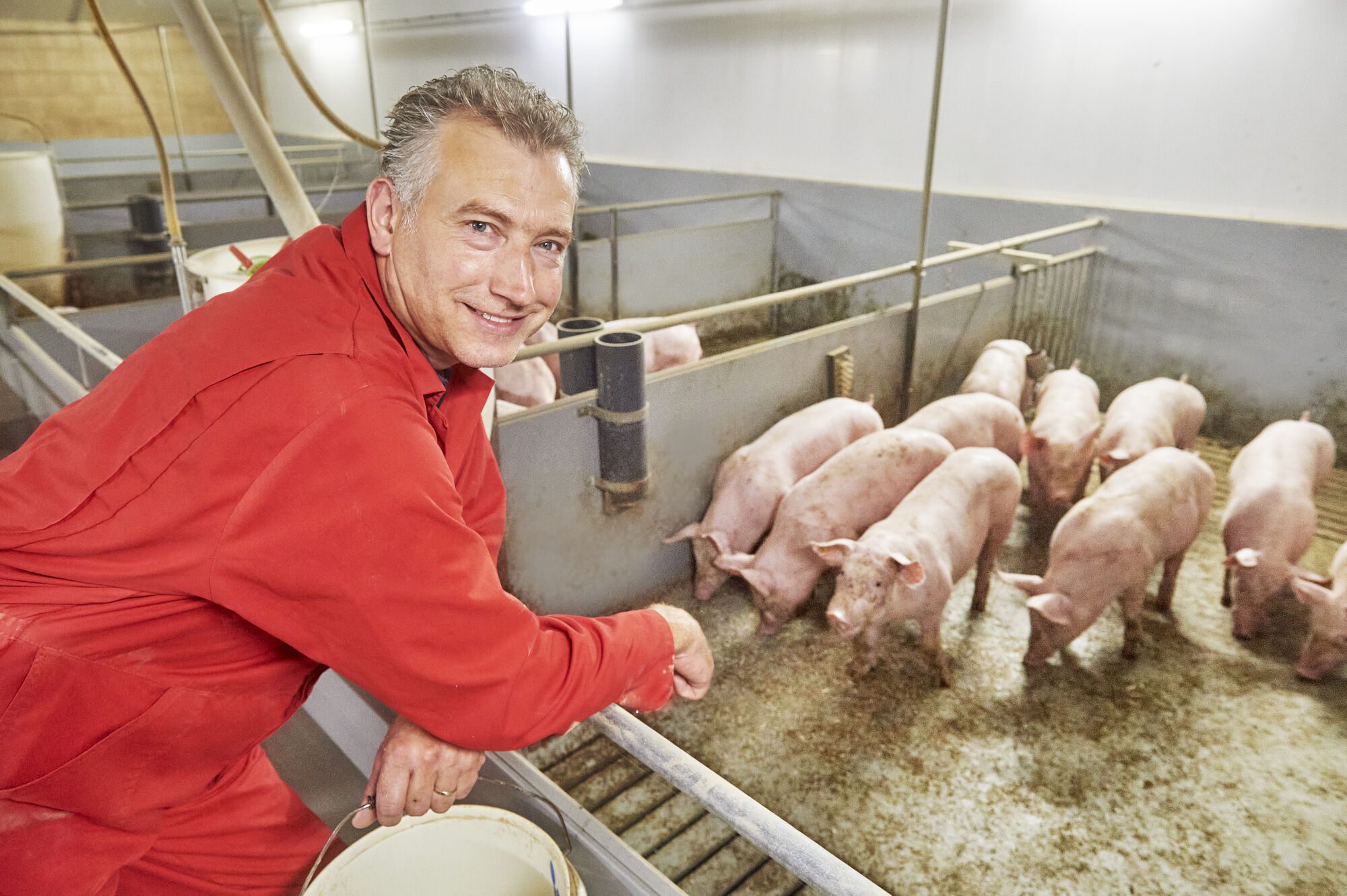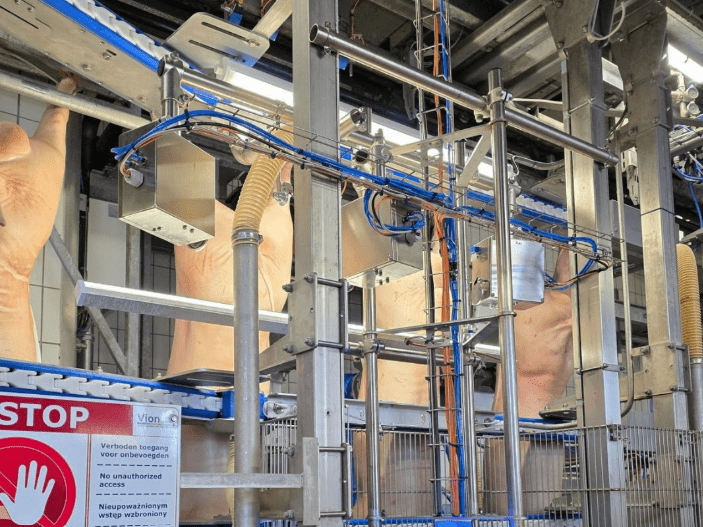Vion is working together with supply chain partners to improve animal welfare by aiming for longer tails. An important step in this effort is the collection of objective tail data through camera technology, as is already being done at the site in Groenlo. Now, a new innovation has been introduced at the production site in Apeldoorn since April 2025: the TAILSCAN. This camera is currently in the testing phase and enables the automatic measurement of tail length and tail damage for each carcass.
The TAILSCAN captures three images per carcass from different angles. Based on these images, data is gathered on tail length, the presence of damage, and the severity of that damage. In the future, this data can be linked to other carcass-related information.
The algorithms for measuring tail length and tail damage with the TAILSCAN are still under development. Once operational, the results will be linked to supplier data, carcass data and veterinary information. When optimised, it will be possible to see exactly the status of the pig tails per farm. This data will give insight into the differences between suppliers. If things are going well, we can learn from these suppliers what measures they are taking to prevent tail damage. If damage is found, we can share valuable tips and experiences from farms where things are going well. These farms then work with, for example, a veterinarian to identify risk factors and draw up a company-specific plan to improve tail health.
Our customers use this information as a measure of animal welfare. For our suppliers, this provides valuable input for improving their daily work and continuing to strive for long, healthy tails. By exchanging information, we learn from each other and improve animal welfare together.
The TAILSCAN is part of an EU project and other ongoing tail projects in which Vion is involved, such as “Stop Tail Docking”, “AI for a healthy curly tail” and the EU project “Animal Welfare Indicators in the Slaughterhouse”. We want to support our suppliers in responsibly phasing out tail docking. The goal is to keep pigs with intact curly tails by 2030.
EU Disclaimer
Funded by the European Union. Views and opinions expressed are however those of the author(s) only and do not necessarily reflect those of the European Union or HaDEA. Neither the European Union nor the granting authority can be held responsible for them.


